This lesser-known cut of steak is starting to take its rightful place on the stage. No cartilage or tendon—just the perfect bite from start to finish. We take you step-by-step to get tender, juicy steaks every time. With our simple process, you’ll be able to grill a delicious, tender steak like a pro.
Try our grilled asparagus or steakhouse style garlic mashed potatoes for a complete meal.
Why did you prescribe us?
- Easy and simple step by step instructions for this delicious piece.
- Tried and tested recipe by a certified steak expert.
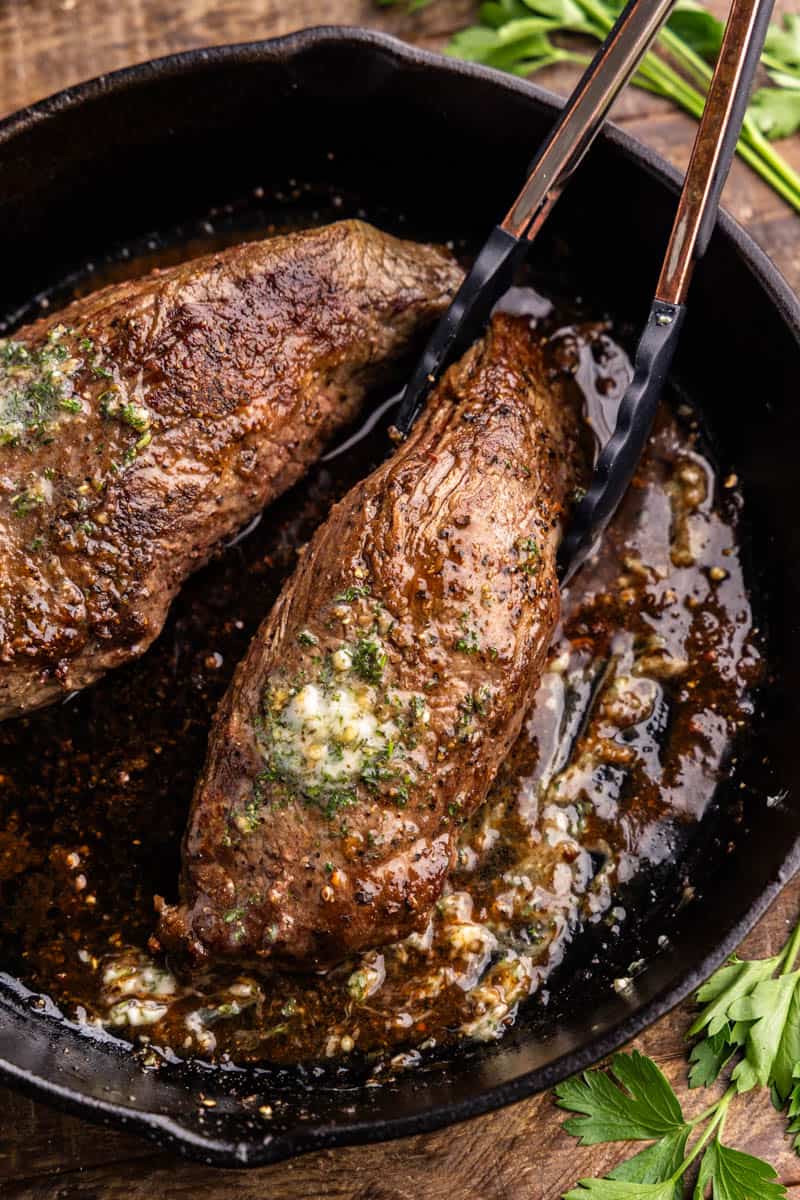
This cut is reminiscent of a beef brisket and a beef tri-tip. I made a batch for my husband’s birthday and loved it! If you can’t find it at your local grocery store, ask your butcher if they can butcher some for you. This cut is also known as a filet bistro or terrine major.
Ingredient Notes
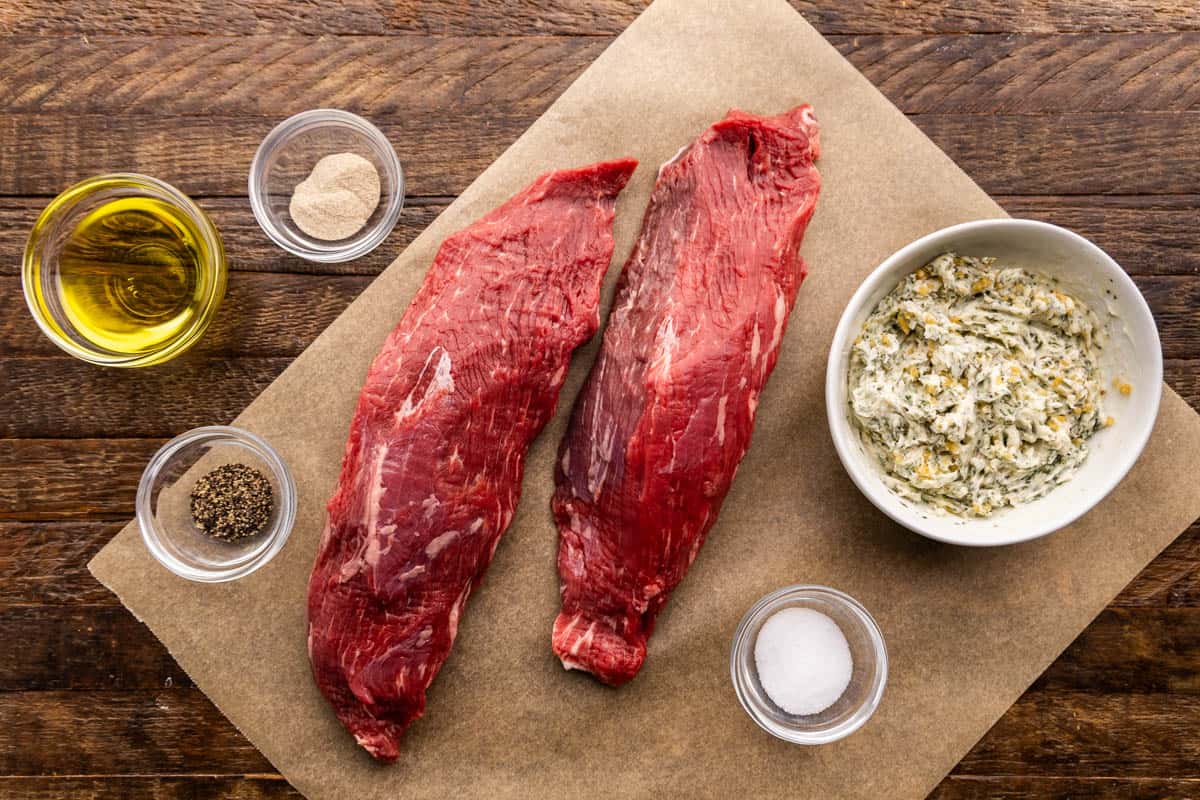
- Small tender steaks: Since this steak doesn’t have two flat sides, make sure to brown all the edges. It may look big, but it will shrink by 30-40% during cooking.
- olive oil: This allows the seasoning to stick to the steak slices.
- Spices: Enhances the natural flavor of beef without covering it up.
- Butter of comfort: This adds a lot of flavor to your steak. You can use our convenient butter recipe, regular butter, or add a touch of heat with our cowboy butter.
When do things turn around?
Don’t flip the steak until a nice brown crust has formed. This crust has a three-dimensional flavor that adds a lot to the overall steak experience. You’ll know when to flip it when the steak easily separates from the pan.
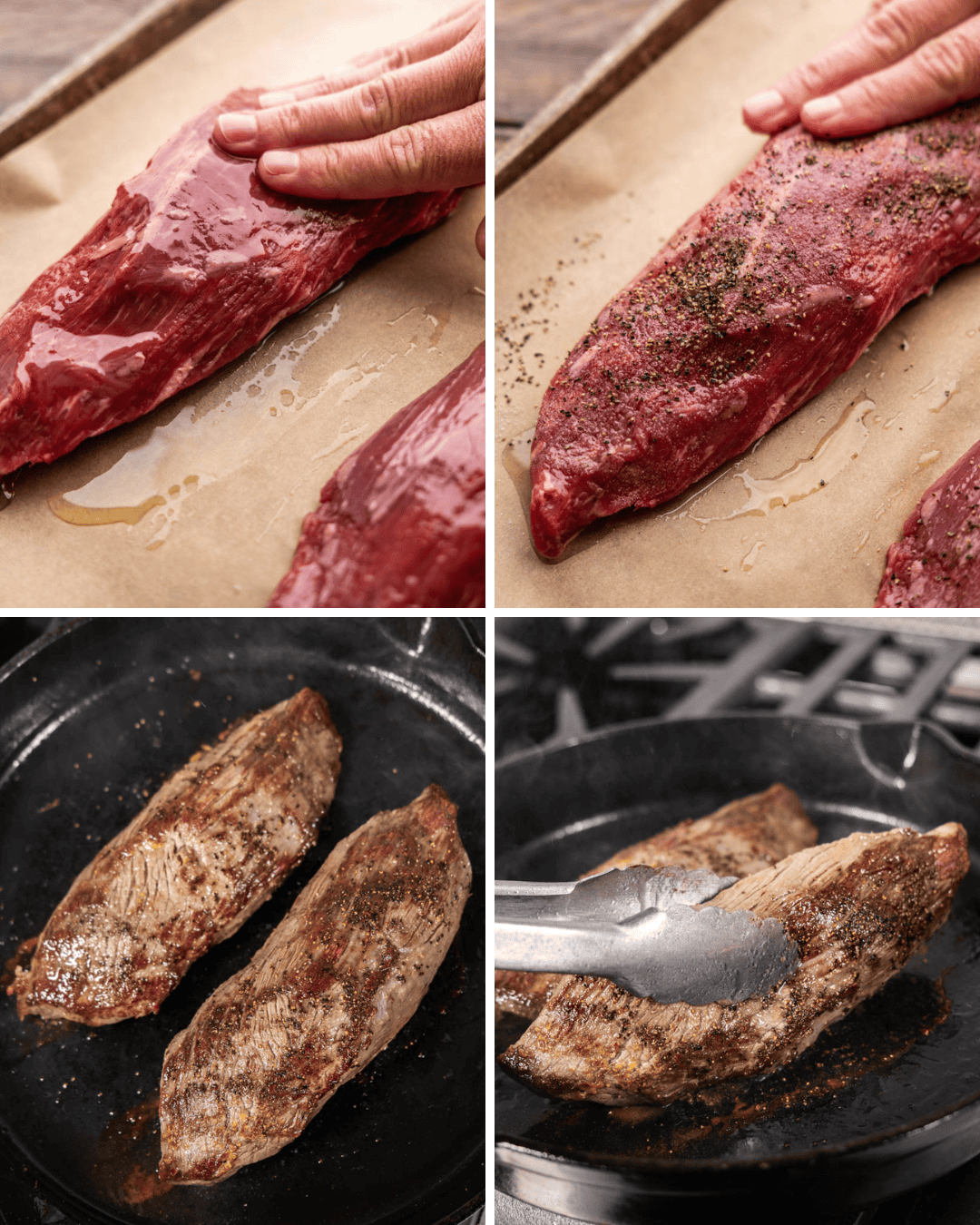
steak doneness
The standard level of doneness that the chef determines is medium rare. At this stage, the meat will be tender and juicy, and if cooked correctly, it will melt in your mouth. Each steak will have a different cooking time due to the difference in thickness of the cut.
Quick Read Thermometers
Using an instant-read thermometer is the best option for ensuring accuracy. It takes the guesswork out of determining doneness, and ensures your steak is cooked to your exact preference. To use it, simply insert the probe into the thickest part of the steak, avoiding any bones or fat. The thermometer will give an accurate reading in seconds, letting you know if your steak has reached your desired internal temperature. Just try not to pierce the steak too much, as you’ll notice the juices running out when you do.
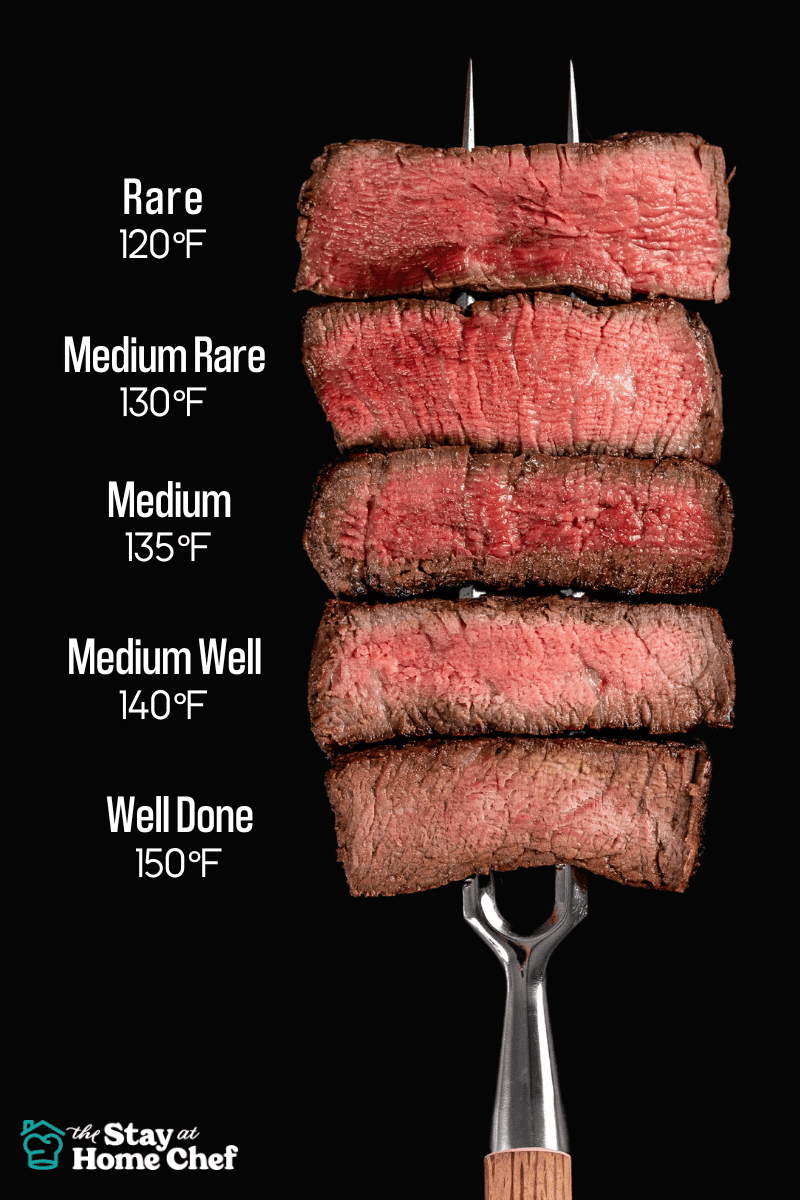
Cooking Steaks by Feel: The “Thumb Test”
Not everyone has an instant-read thermometer, and we understand that. With time and experience, you can learn to judge the doneness of a steak by touch alone. We’ll talk about the “thumb test,” but just note that it’s very difficult to master cooking steak by touch.
- rare It should feel very soft and pliable. Gently touch your thumb with your index finger and feel the fleshy area under your thumb. It should feel very soft, similar to raw meat.
- Medium maturity It should feel soft with a little resistance. Gently touch your thumb to your middle finger and feel the same area under your thumb. It should feel a little firmer, but still soft.
- Intermediary It should feel firm but with some flexibility. Gently touch your thumb with your ring finger and feel the area under your thumb. It should feel firmer and more flexible.
- medium well It should feel firm with a little bit of flexibility. Gently touch your thumb with your little finger and feel the area under your thumb. It should feel firm with a little bit of softness.
- I did well The meat should feel very firm with no bending. Press your thumb firmly into your palm and feel the area under your thumb. The meat should feel very firm, like well-cooked meat.
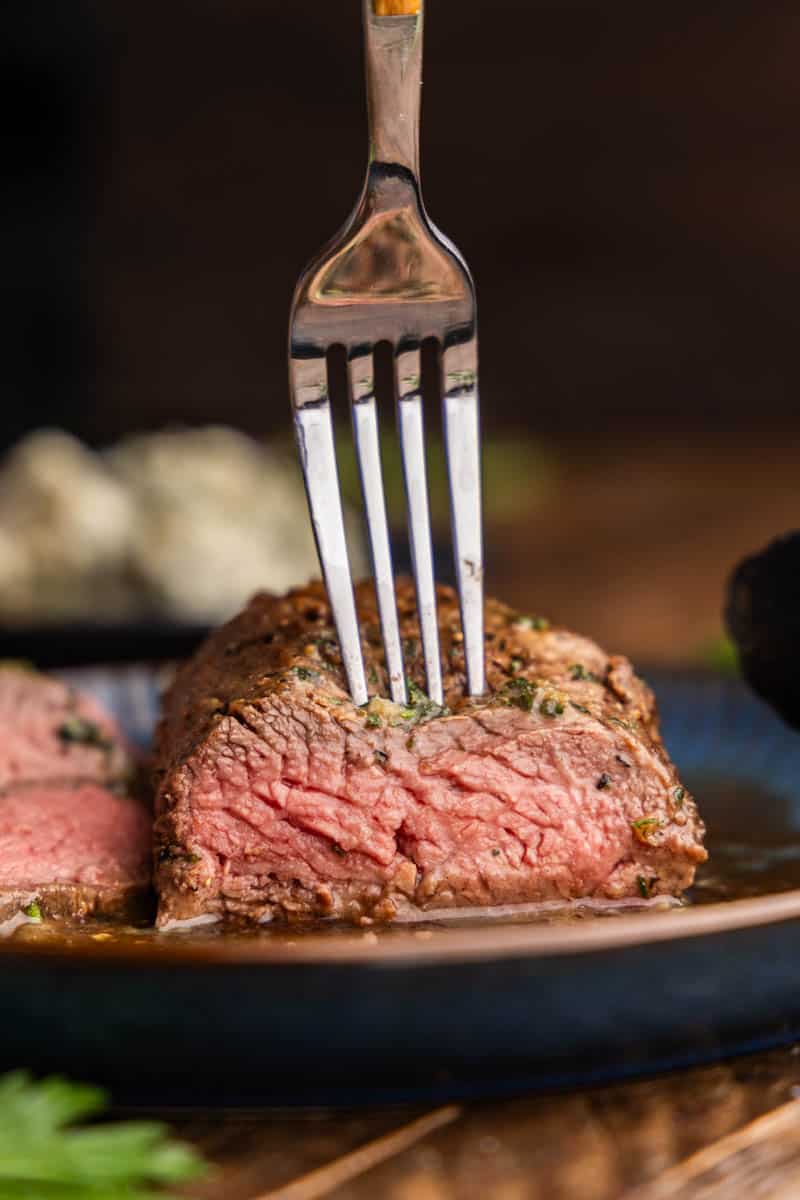
Dry salting
You can salt your steak up to 12 hours in advance. This method is known as dry brining and can greatly enhance the flavor of the steak and make it more tender. The salt penetrates deep into the meat, seasoning it throughout. This process also helps the steak retain moisture while cooking, resulting in a juicier final product. Additionally, the salt breaks down some of the muscle proteins, making the meat more tender. A young steak is already tender, so while you can still use the dry brining technique, it’s definitely not necessary.
Storage and reheating instructions
cooling Leftovers can be stored in an airtight container for up to 5 days.
reheat Place the chicken pieces in a skillet over medium heat or wrap them in aluminum foil to retain moisture and reheat in a 300 degree oven for 10 to 15 minutes, until heated through.
